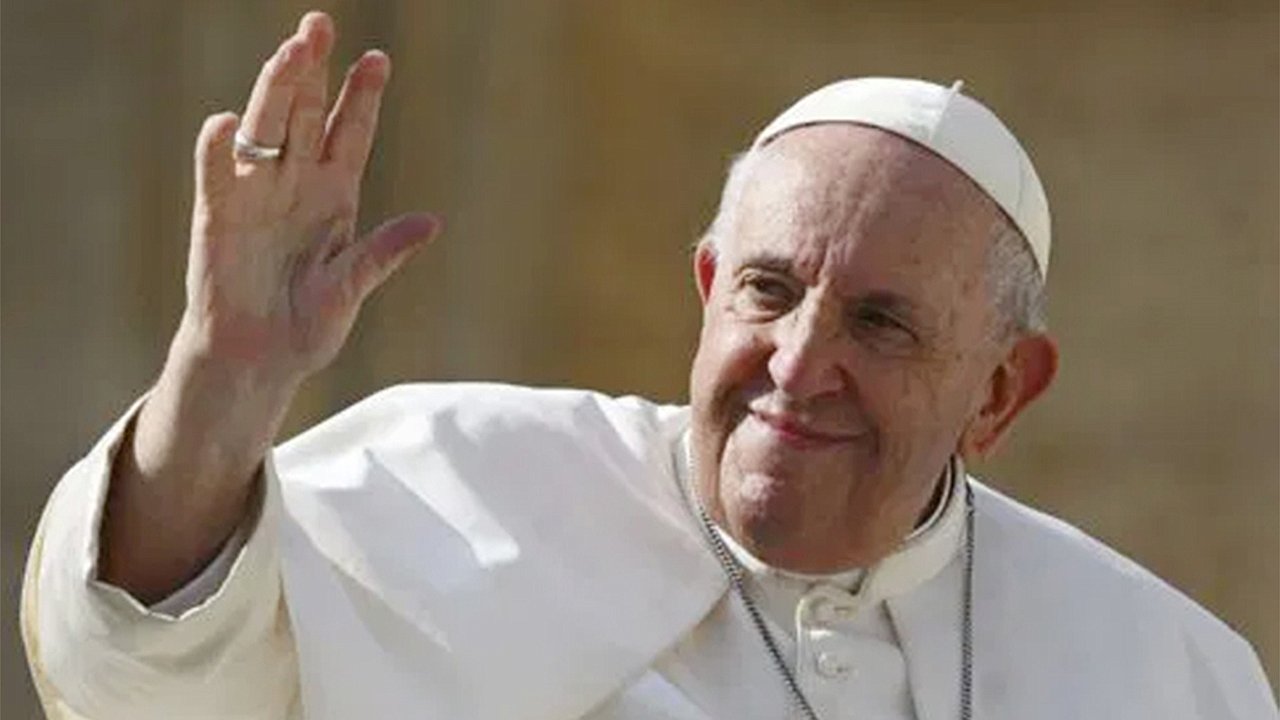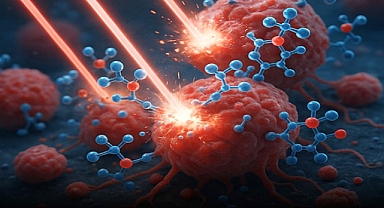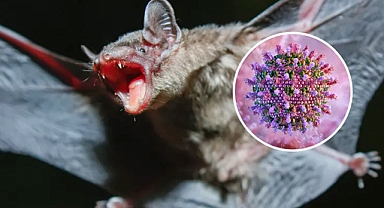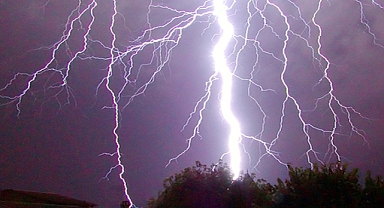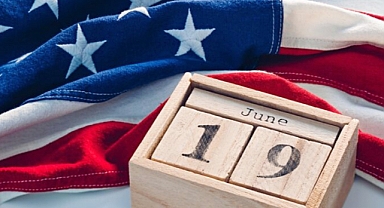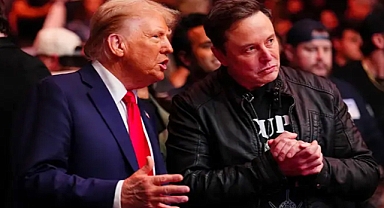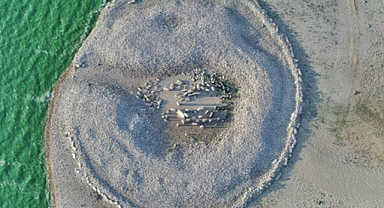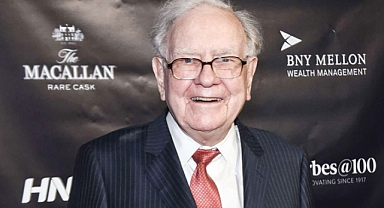What Follows the Death of a Pope? A Look Into the Vatican’s Succession Process
The passing of Pope Francis has marked the beginning of a profound chapter in the Catholic Church’s millennia-old tradition. With mourning rites underway in the Vatican, the world now turns its gaze toward the intricate process of choosing his successor—an event that blends ancient customs with modern adaptations.From around the globe, cardinals appointed by the pope will converge on the Vatican to take part in the conclave—a solemn and secretive gathering where the next pope will be elected. While typically lasting between two to three weeks, the conclave’s duration can stretch longer if consensus proves difficult.Though the process unfolds behind closed doors, it draws intense global attention. Amid the Church’s struggle to restore credibility following decades of scandal, the upcoming decision carries immense spiritual and political weight. Here’s a detailed look at the steps that follow the death of a pope and what to expect in the coming days.Mourning the Pope: The Rituals of Papal Interregnum
With Pope Francis’ death, the “Papal Interregnum”—the time between the death of a pope and the election of a new one—has officially begun. This period is steeped in solemn tradition and governed by pre-established protocol.The College of Cardinals will first determine the timing of the funeral, which must occur between the fourth and sixth day after the pope’s death. In the meantime, the late pope’s body will lie in state inside St. Peter’s Basilica, allowing mourners to pay their respects. This period includes nine days of mourning, known as the Novendiales, during which a daily mass will be held.Thousands are expected to flock to Rome, mirroring the immense crowds who gathered to honor Pope John Paul II in 2005. Meanwhile, unofficial ceremonies are anticipated in Buenos Aires, where Pope Francis once served, and elsewhere in the Catholic world.The funeral itself—likely to be held at St. Peter’s—will be a grand affair attended by international dignitaries and religious leaders. If Pope Francis left burial instructions in a will, they will guide the final arrangements. In 2023, he shared a desire to be buried in the Basilica of Santa Maria Maggiore in Rome, diverging from the tradition of burial in St. Peter’s.When and How Does the Conclave Begin?
After mourning ends, the process of electing a new pope moves into its most sacred phase. The dean of the College of Cardinals will summon all cardinals under the age of 80 to the Vatican. Currently, 136 cardinals meet this requirement, although Pope John Paul II’s 1996 apostolic constitution capped the number of eligible electors at 120—raising questions about whether some cardinals may be excluded.Conclave typically begins 15 to 20 days after the pope's death, although it may start earlier if all eligible cardinals arrive swiftly. The Sistine Chapel becomes the setting for this pivotal event, where no outside influence is permitted. Each cardinal casts their vote on a paper ballot, writing the name of their chosen candidate beneath the phrase Eligo in Summum Pontificem—Latin for "I elect as supreme pontiff."Though theoretically, any baptized Catholic man can be elected, the papacy has not been awarded to someone outside the College of Cardinals since 1379, when Urban VI was chosen. Ballots are counted and burned after each round. Up to four votes occur daily—two in the morning and two in the afternoon. A candidate must receive a two-thirds majority to be elected. If no winner emerges after several days, breaks for prayer and discussion are mandated before voting resumes.How the World Knows a Pope Has Been Chosen
The most visible symbol of papal election is the smoke rising from the Sistine Chapel chimney. After each vote, the ballots are burned. If a pope has not been chosen, chemicals are added to produce black smoke—signaling to the world that the process continues. White smoke, however, means a new pope has been elected. This moment, known as the end of sede vacante (Latin for “the seat being vacant”), triggers celebration in St. Peter’s Square and around the world.Roughly an hour later, the new pope will step onto the balcony overlooking the square to deliver his first public blessing. His chosen papal name will be announced, and he will offer a short address. The formal inauguration—once a coronation—now occurs a few days later in St. Peter’s Square. Recent popes, including Benedict XVI and Francis, opted for more modest ceremonies compared to their predecessors.Why This Election Matters: The Church’s Future Hangs in the Balance
With more than 1.3 billion adherents, the Catholic Church is one of the largest religious institutions on Earth, and the election of a new pope is a moment of immense consequence. The character, priorities, and worldview of the next pontiff will influence doctrine, policy, and global perception of the Church for decades. Francis was notable for being the first non-European pope in over a millennium and for taking a more progressive tone on issues like LGBTQ+ rights and capital punishment.While he did not make sweeping changes to doctrine, his openness to dialogue represented a shift that many welcomed—and others resisted. Whether the cardinals opt for continuity or steer the Church back toward traditionalist leadership will be a defining choice. One shadow that looms large is the Church’s reckoning with sexual abuse scandals. Though the most controversial figures from the 2013 “Dirty Dozen” list are no longer eligible to vote, scrutiny remains intense. The next pope’s record on addressing abuse will be under immediate and lasting examination.This moment is not only about spiritual leadership; it’s about trust, renewal, and the soul of the Catholic Church in the 21st century.
The passing of Pope Francis has marked the beginning of a profound chapter in the Catholic Church’s millennia-old tradition. With mourning rites underway in the Vatican, the world now turns its gaze toward the intricate process of choosing his successor—an event that blends ancient customs with modern adaptations.From around the globe, cardinals appointed by the pope will converge on the Vatican to take part in the conclave—a solemn and secretive gathering where the next pope will be elected. While typically lasting between two to three weeks, the conclave’s duration can stretch longer if consensus proves difficult.Though the process unfolds behind closed doors, it draws intense global attention. Amid the Church’s struggle to restore credibility following decades of scandal, the upcoming decision carries immense spiritual and political weight. Here’s a detailed look at the steps that follow the death of a pope and what to expect in the coming days.Mourning the Pope: The Rituals of Papal Interregnum
With Pope Francis’ death, the “Papal Interregnum”—the time between the death of a pope and the election of a new one—has officially begun. This period is steeped in solemn tradition and governed by pre-established protocol.The College of Cardinals will first determine the timing of the funeral, which must occur between the fourth and sixth day after the pope’s death. In the meantime, the late pope’s body will lie in state inside St. Peter’s Basilica, allowing mourners to pay their respects. This period includes nine days of mourning, known as the Novendiales, during which a daily mass will be held.Thousands are expected to flock to Rome, mirroring the immense crowds who gathered to honor Pope John Paul II in 2005. Meanwhile, unofficial ceremonies are anticipated in Buenos Aires, where Pope Francis once served, and elsewhere in the Catholic world.The funeral itself—likely to be held at St. Peter’s—will be a grand affair attended by international dignitaries and religious leaders. If Pope Francis left burial instructions in a will, they will guide the final arrangements. In 2023, he shared a desire to be buried in the Basilica of Santa Maria Maggiore in Rome, diverging from the tradition of burial in St. Peter’s.When and How Does the Conclave Begin?
After mourning ends, the process of electing a new pope moves into its most sacred phase. The dean of the College of Cardinals will summon all cardinals under the age of 80 to the Vatican. Currently, 136 cardinals meet this requirement, although Pope John Paul II’s 1996 apostolic constitution capped the number of eligible electors at 120—raising questions about whether some cardinals may be excluded.Conclave typically begins 15 to 20 days after the pope's death, although it may start earlier if all eligible cardinals arrive swiftly. The Sistine Chapel becomes the setting for this pivotal event, where no outside influence is permitted. Each cardinal casts their vote on a paper ballot, writing the name of their chosen candidate beneath the phrase Eligo in Summum Pontificem—Latin for "I elect as supreme pontiff."Though theoretically, any baptized Catholic man can be elected, the papacy has not been awarded to someone outside the College of Cardinals since 1379, when Urban VI was chosen. Ballots are counted and burned after each round. Up to four votes occur daily—two in the morning and two in the afternoon. A candidate must receive a two-thirds majority to be elected. If no winner emerges after several days, breaks for prayer and discussion are mandated before voting resumes.How the World Knows a Pope Has Been Chosen
The most visible symbol of papal election is the smoke rising from the Sistine Chapel chimney. After each vote, the ballots are burned. If a pope has not been chosen, chemicals are added to produce black smoke—signaling to the world that the process continues. White smoke, however, means a new pope has been elected. This moment, known as the end of sede vacante (Latin for “the seat being vacant”), triggers celebration in St. Peter’s Square and around the world.Roughly an hour later, the new pope will step onto the balcony overlooking the square to deliver his first public blessing. His chosen papal name will be announced, and he will offer a short address. The formal inauguration—once a coronation—now occurs a few days later in St. Peter’s Square. Recent popes, including Benedict XVI and Francis, opted for more modest ceremonies compared to their predecessors.Why This Election Matters: The Church’s Future Hangs in the Balance
With more than 1.3 billion adherents, the Catholic Church is one of the largest religious institutions on Earth, and the election of a new pope is a moment of immense consequence. The character, priorities, and worldview of the next pontiff will influence doctrine, policy, and global perception of the Church for decades. Francis was notable for being the first non-European pope in over a millennium and for taking a more progressive tone on issues like LGBTQ+ rights and capital punishment.While he did not make sweeping changes to doctrine, his openness to dialogue represented a shift that many welcomed—and others resisted. Whether the cardinals opt for continuity or steer the Church back toward traditionalist leadership will be a defining choice. One shadow that looms large is the Church’s reckoning with sexual abuse scandals. Though the most controversial figures from the 2013 “Dirty Dozen” list are no longer eligible to vote, scrutiny remains intense. The next pope’s record on addressing abuse will be under immediate and lasting examination.This moment is not only about spiritual leadership; it’s about trust, renewal, and the soul of the Catholic Church in the 21st century.
